Terug
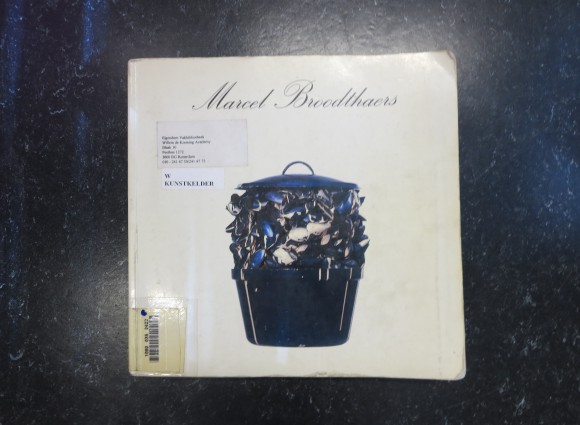
Marcel Broodthaers (January 28, 1924 – January 28, 1976) was a Belgian poet, filmmaker and artist with a highly literate and often witty approach to creating art works.
He was born in Brussels, Belgium, where he was associated with the Groupe Surréaliste-revolutionnaire from 1945 and dabbled in journalism, film, and poetry. After spending 20 years in poverty as a struggling poet, he performed the symbolic act of embedding fifty unsold copies of his book of poems Pense-Bête in plaster, creating his first art object. That same year, 1964, for his first exhibition, he wrote a famous preface for the exhibition catalogue;
"I, too, wondered whether I could not sell something and succeed in life. For some time I had been no good at anything. I am forty years old... Finally the idea of inventing something insincere finally crossed my mind and I set to work straightaway. At the end of three months I showed what I had produced to Philippe Edouard Toussaint, the owner of the Galerie St Laurent. 'But it is art' he said 'and I will willingly exhibit all of it.' 'Agreed' I replied. If I sell something, he takes 30%. It seems these are the usual conditions, some galleries take 75%. What is it? In fact it is objects." Broodthaers, 1964
He worked principally with assemblies of found objects and collage, often containing written texts. His most noted work was an installation which began in his Brussels house which he called Musée d'Art Moderne, Départment des Aigles (1968). This installation was followed by a further eleven manifestations of the 'museum', including at the Düsseldorf Kunsthalle for an exhibition in 1970 and at documenta 5 in Kassel in 1972. For such works he is associated with the late 20th century global spread of both installation art, as well as "institutional critique," in which interrelationships between artworks, the artist, and the museum are a focus.
Broodthaers died in Cologne, Germany on his 52nd birthday. He's buried at Ixelles Cemetery in Brussels under a tombstone of his own design.
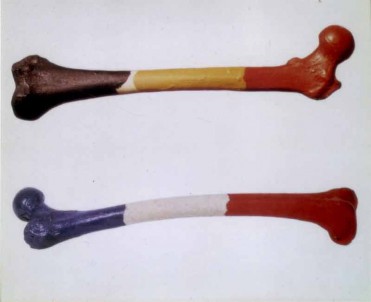
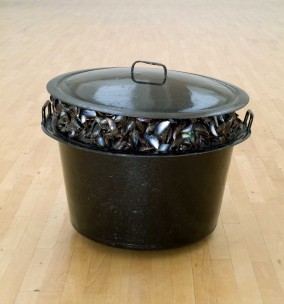
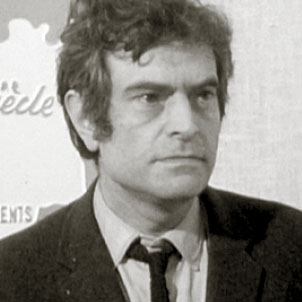
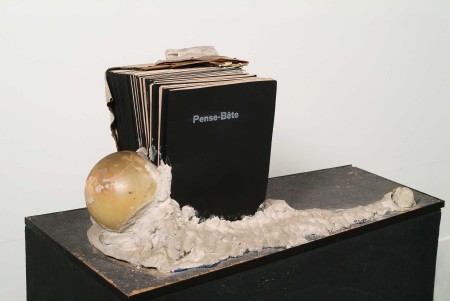
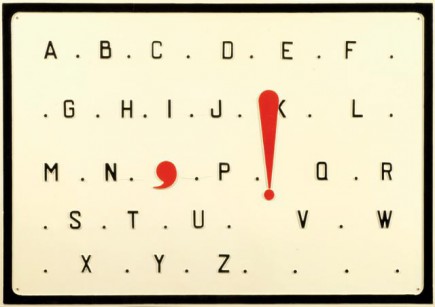
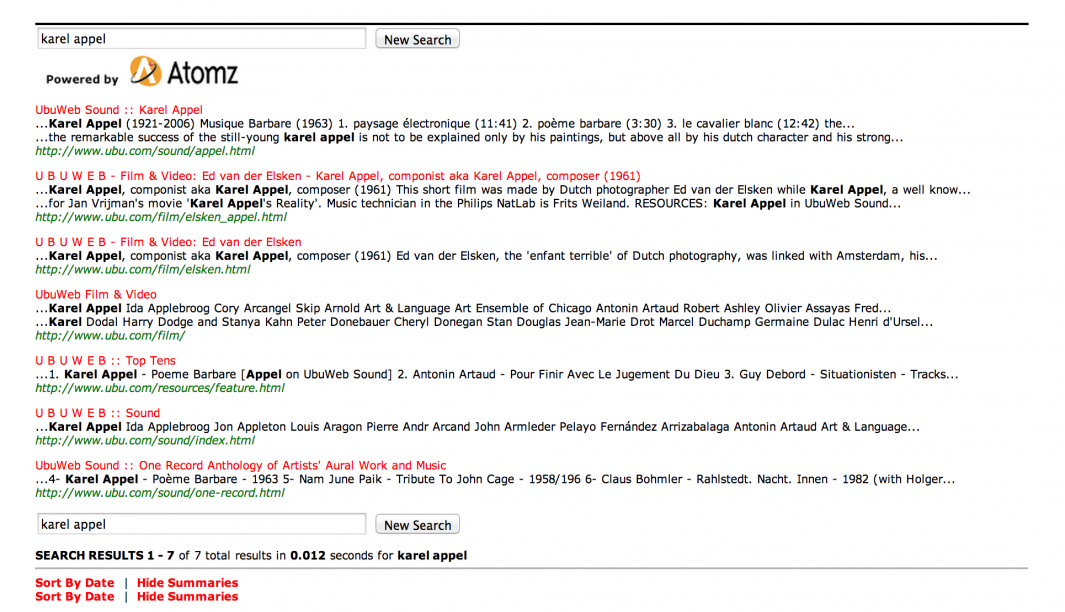
the remarkable success of the still-young karel appel is not to be explained only by his paintings, but above all by his dutch character and his strong creative personality. dutch is the hard, messaging rebelliousness with which he revolted against the hard, messaging mentality of his compatriots and their (his) culture. it is the same ruthless pursuit of absolute values - and powerful search for truth that urged on other great dutch painters. as a creative personality too appel is irresistible. not latin, playful, unceasingly producing things of beauty, like picasso, but dialectic, ever discovering new questions in every work that he produces and ever answering with a new painting. these qualities - dutch stubbornness and unfrustrated creativity - mathematically determined his place in our culture, yearning as it was for new, true values.
i knew appel in 1947, penniless in a shabby little attic room in amsterdam. i know him now, travelling the world in aeroplanes and sports cars, royally received by art-dealers and museum directors, well known and well paid, feted in time magazine. but he is still the same man: enthusiastic, sharply observant, and formulating his ideas in word and in paint with great originality. in the film i recently made about. him, in which the (anti-) music that appears on this record was heard, i had the occasion to spy on him for weeks at his work. painting is for him a great physical and spiritual adventure, and so it became for us film people, who, for a few minutes of film, took a month's time to get appel used to our presence with lamps and cameras, just as ornithologists ensconce themselves patiently near a brooding bird, until it accepts their presence. there was nobody in our film team who was not impressed by appel's imaginative power, expressiveness, craftsmanship, and creative courage. time and again there were moments that gave me a shock of new insight, like the day when appel had toiled for hours together with exhausting concentration on a new, rich canvas, in which much of what he meant had been convincingly expressed. when he paused, i said: "you are ready, don't make any more changes in it." but the painter kept silent, paced to and fro like a beast of prey before the. canvas, looked at it from all sides, moved back, looked at it once more, and said: "i'll turn it upside down and go on." he turned the large canvas upside down and continued. what a lesson. i thought, in freedom, self criticism, and courage thus to escape the greatest danger threatening every creative man: one-track-mindedness.
appel himself says: "my work is no art, but the spontaneous adventure of now. i never try to make a painting - it is a cry, it is like a child, it is like a tiger behind its bars. i paint as a barbarian of this barbarous time."
jan vrijman
karel appel (born amsterdam, 1921) was one of the dutch painters that unleashed a revolution in the renowned dutch school of painting shortly after the second world war. his work was rejected by nearly all critics and by the public at large and supported only by some friends and fervent followers, among whom amsterdam's world-famous museum director sandberg was notable. following the examples of other dutch painters who found'no favour in their own country (van gogh, mondrian, jongkind, van dongen) appel established himself in 1950 in paris, where his talent developed stormily and was soon recognised everywhere - even in holland. witness the government-sponsored documentary film that was made of him and his work. today the vitalistic, philosophically-minded karel appel is one of the world's most famous and best-paid modern painters. he is a man with his best years still before him, a powerful personality, passionately interested in all the phenomena of his time. success has not spoilt him: he lives frugally, does not smoke or drink, works hard, and has only two extravagances: good food and fast cars.
jan vrijman (born amsterdam, 1925) is another member of the rebellious post-war generation and an old friend of appel and van der elsken. a declared enemy of spiritual and cultural commonplaces, he has often caused a stir, and sometimes national sensation, with his articles in dailies and weeklies and his documentaries for dutch television.
ed van der elsken (born amsterdam, 1925), who took the photographs in this album, has known karel appel since his first years of poverty in paris. his story resembles appel's: trying to show the authentic face of reality in his photos, he broke with the aesthetics of his day, launched a new type of photography, and won himself a place among the leading photographers of europe and the u.s.a.
(c) 1963 by intern. publ. cy ltd the world's window baarn, holland
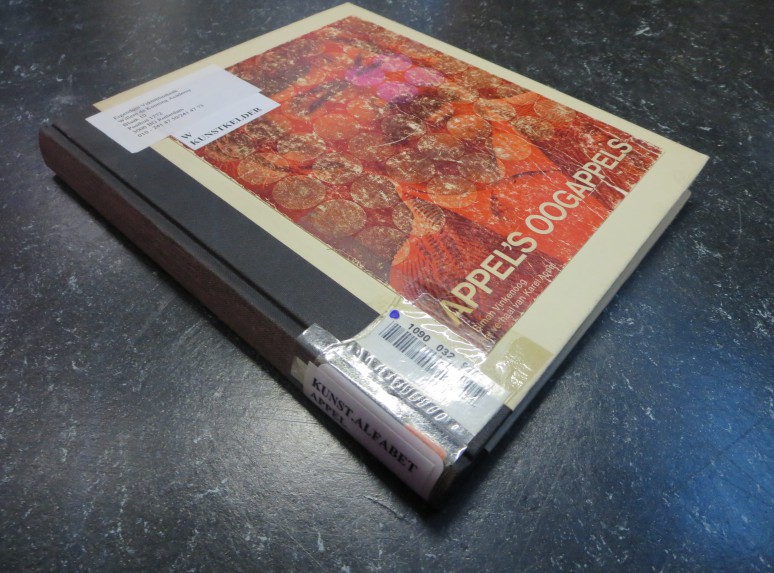
MARCEL BROODTHAERS
KAREL APPEL
ubuweb link theo van doesburg
link naar udu artikel
link naar artikel ubuweb
THEO VAN DOESBURG
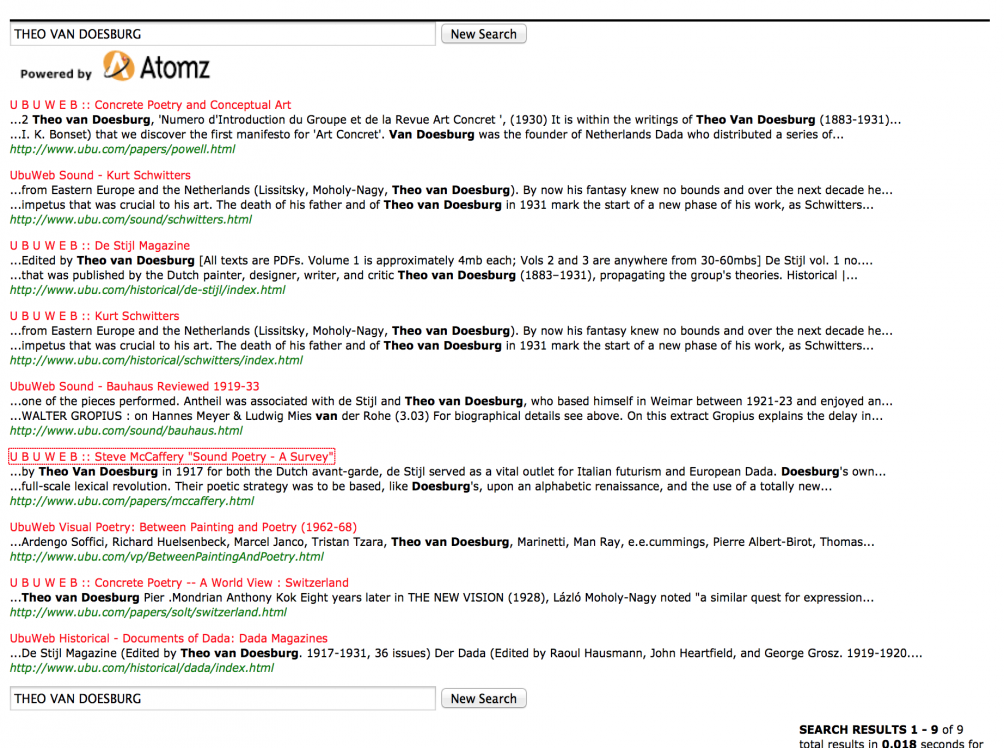
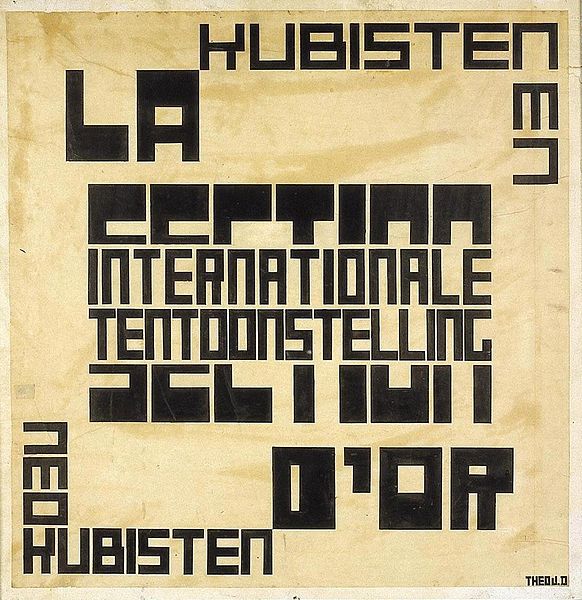
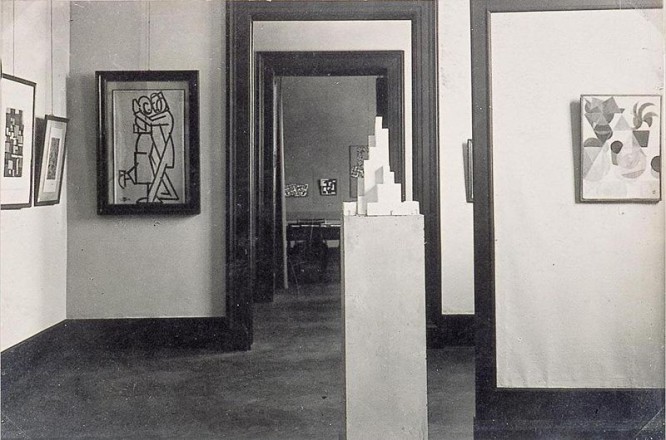
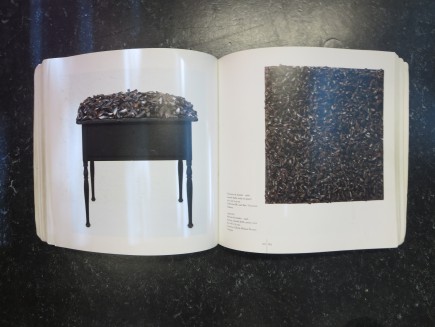
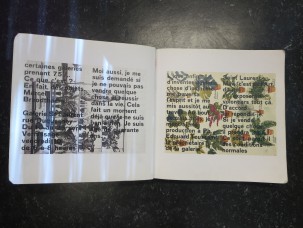
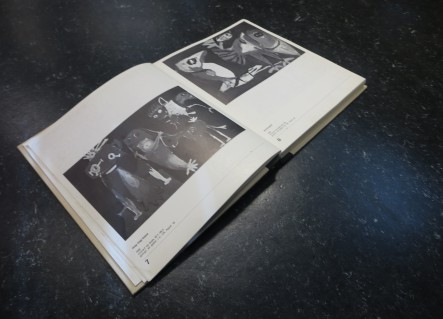
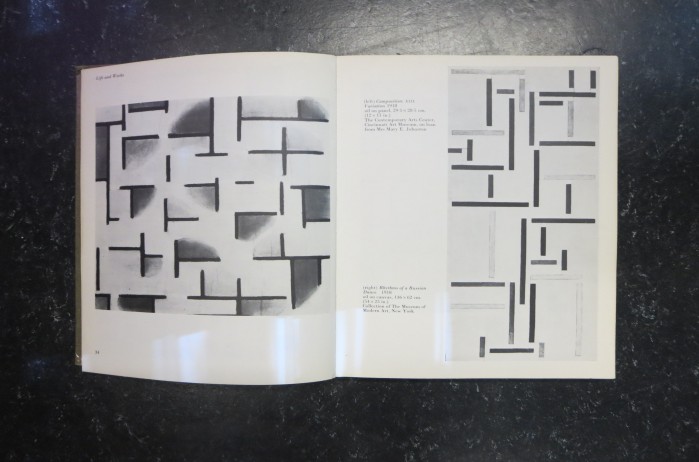
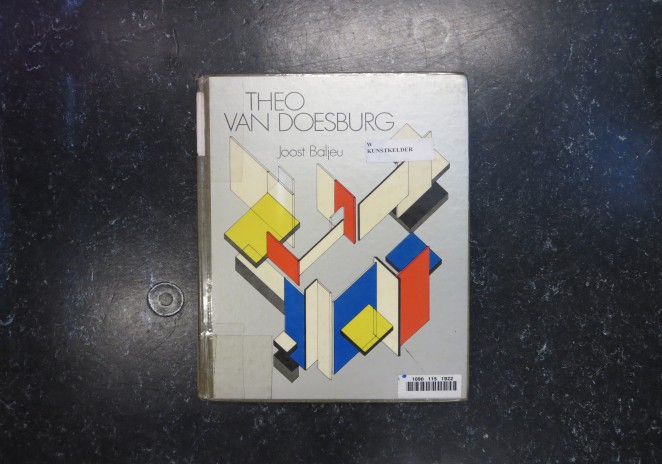
Theo van Doesburg is de oprichter van het kunsttijdschrift De Stijl en de belangrijkste vertegenwoordiger van de bijbehorende beweging De Stijl. Hij gaf lezingen, organiseerde tentoonstellingen en schreef de meeste artikelen voor het blad.
oprichting van De Stijl
Van Doesburg werd geboren onder de naam Christian Emil Marie Küpper. Hij hanteerde echter de pseudoniemen Theo van Doesburg, I.K. Bonset en Aldo Camini. Hij zette zich al vroeg in voor allerlei kunstrichtingen door er verenigingen voor op te richten. Eén ervan was de 'Leidse Kunstclub De Sphinx', waar hij samen met architect J.J.P. Oud het brein achter was. In 1913, na het lezen van een biografie van kunstschilder Wassily Kandinsky, begon Van Doesburg abstracte kunst te waarderen. In 1931 exposeerde hij zijn Manifeste de l'art concrète (Manifestatie van de concrete kunst), waarin hij de basis legde voor kunst waarin alleen nog maar lijnen, kleuren, vormen en materialen belangrijk waren. Zijn kennismaking met de kunstschilder Piet Mondriaan was de directe aanleiding om in 1917 De Stijl op te richten. Hij wilde op deze manier diens abstracte en geometrische kunst bekend maken. Medestanders vond hij onder andere in Mondriaan zelf, J.J.P. Oud en de architecten Jan Wils, Gerrit Thomas Rietveld en Robert van 't Hoff. Van Doesburg kreeg vanuit zijn vakgebied interesse om bij te dragen aan architectuur. Zo leverde hij kleurpatronen en een glas-in-loodraam voor projecten van Oud. Ook verzorgde hij de kleurstelling van een woningbouwproject in Drachten. Vanwege de felle kleuren is het bekend geworden onder de spotnaam Papegaaienbuurt.
Van Doesburg & Bauhaus
Hij ondernam in de jaren twintig vele reizen om De Stijl in omringende landen bekendheid te geven. Hij gaf hiervoor lezingen in België en Duitsland. Ook probeerde hij binnen te komen in het Bauhaus in Weimar, maar hij kon daar alleen buiten de lestijden zijn denkbeelden kwijt aan de studenten. Wel had hij een grote invloed op het gedachtegoed van directeur Walter Gropius, want het Bauhaus sloeg in 1923 een meer functionalistische richting in.
Binnen De Stijl was er veel onenigheid over de te volgen koers. Verschillende oorspronkelijke medestanders zoals Oud scheidden zich daarom af. Van Doesburg vond een nieuwe compagnon in architect Cornelis van Eesteren. Samen ontwierpen ze in 1923 twee maquettes voor huizen die volgens de principes van De Stijl waren gebouwd. Deze werden tentoongesteld op de allereerste internationale stijl-expositie in de Galerie L'effort in Parijs. Ook Oud en Gerrit Rietveld deden mee aan de tentoonstelling.
Straatsburg en Meudon
Van Doesburg had zich inmiddels toegelegd op het dadaïsme, een absurde kunststroming. Hij hielp de dadaïsten Hans Arp en Sophie Taeuber-Arp met de verbouwing van amusementscomplex Aubette in Straatsburg in Frankrijk. Hij zorgde met een geometrische kleurencompositie voor de aankleding van de zalen, al was hij lang niet tevreden over het eindresultaat.
Het laatste werk van Van Doesburg was zijn woonhuis en atelier in Meudon, een voorstad van Parijs. Dit had een plek moeten worden waar kunstenaars elkaar konden treffen, maar hij maakte de realisatie zelf niet mee. Van Doesburg overleed in 1931 in het Zwitserse Davos, waar hij was om te kuren wegens langdurige longproblemen. Het atelier in Meudon had qua bouwwijze overigens weinig meer van doen met De Stijl. Het was door zijn sobere kleurgebruik en de bouw op kolommen verwant aan de internationale stijl. Tegenwoordig is het pand eigendom van de Nederlandse staat en biedt ieder jaar woonruimte aan een andere kunstenaar.
klik voor link
Terug navigatie